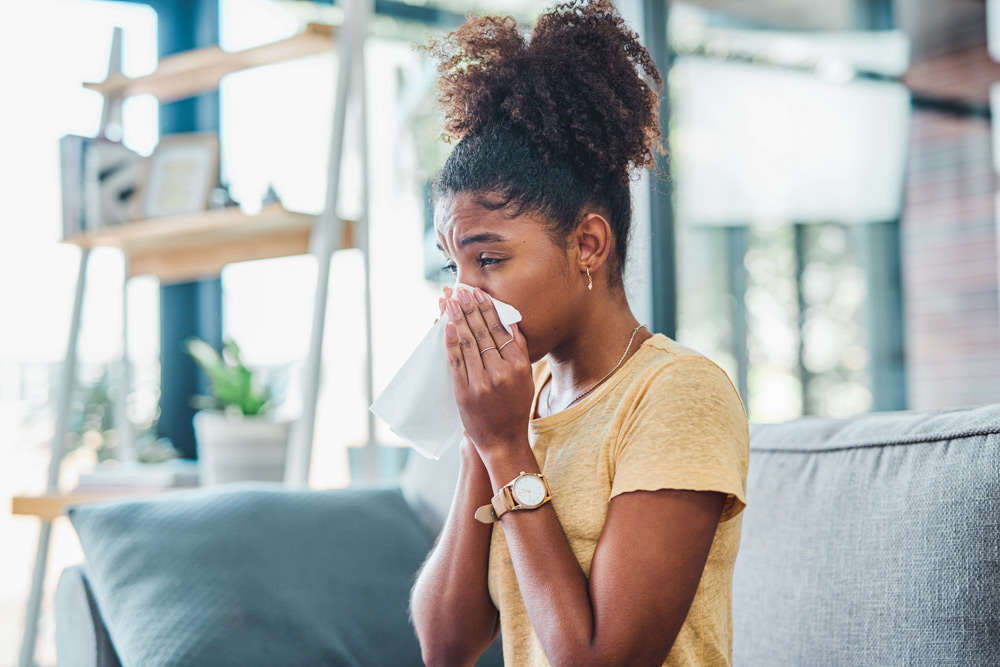Do I Have a Cold or Seasonal Allergies?
Spring usually means flowers, warmer weather and more sunshine. However, it can be no fun for people who suffer from seasonal allergies.
Seasonal allergies, also known as allergic rhinitis, are caused by an overreaction of the immune system after exposure to something like pollen that is not harmful, but the body treats it like it’s foreign.
This time of year, with cold and flu season still present, people may mistake their allergy symptoms for a common cold. While there are overlapping symptoms, allergies have unique identifiers.
Allergy symptoms
- Sneezing with itchy watery eyes
- No fever
- Follows perennial or seasonal pattern
According to the Minnesota Department of Health, tree pollen usually peaks in the spring and early summer months. Grass pollen reaches its peaks in June and July. Those who suffer from weed pollen allergies will usually experience the height of their symptoms in August and September.
If you suffer from seasonal allergies, there are steps you can take:
- Avoid allergy triggers
- Keep windows closed
- Stay inside and use air conditioning during high allergen counts
- Reach out to your primary care provider if you’d like to explore treatment for your symptoms
- Not all children with seasonal allergies require formal allergy testing
Unlike food allergies, seasonal allergies take time to develop and usually do not affect people younger than 1 to 2 years old. You may be more susceptible to seasonal allergies if you have a personal or family history of similar conditions including asthma, eczema and food allergies.
For more information about seasonal allergies, contact your primary care provider.
